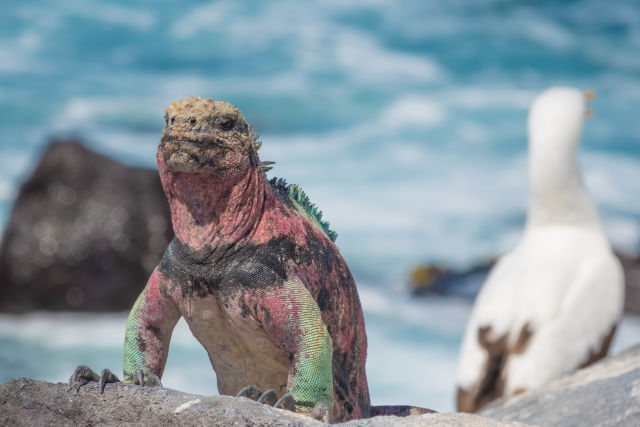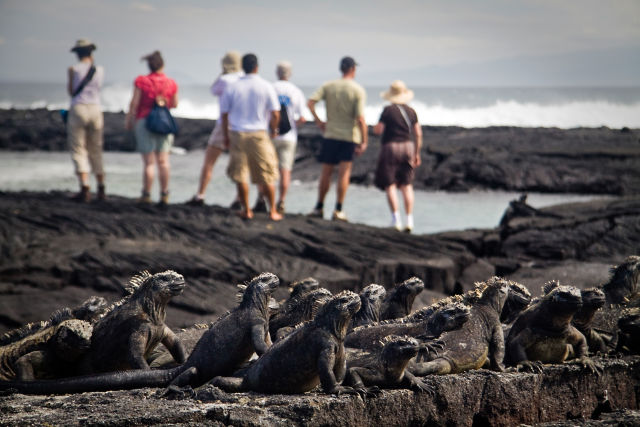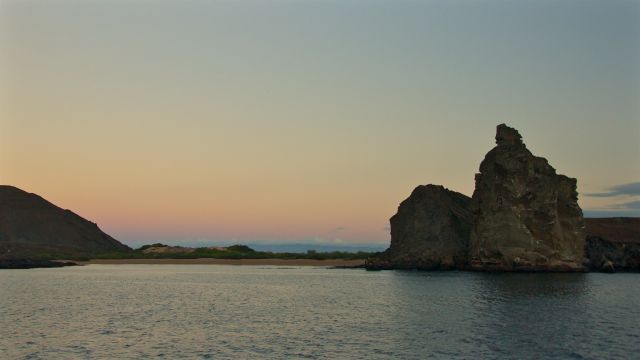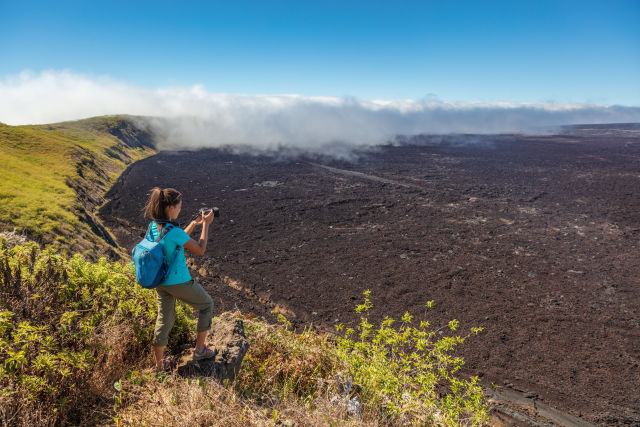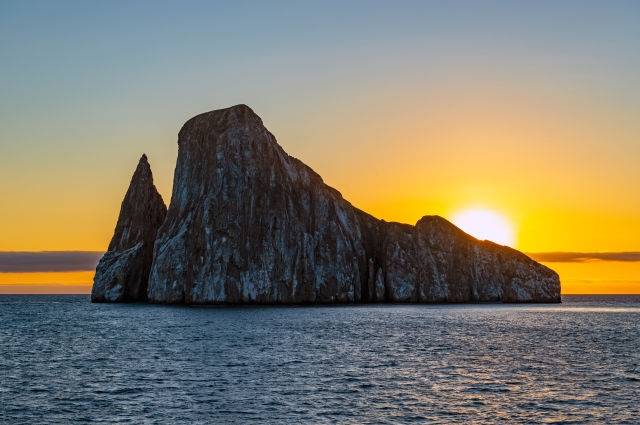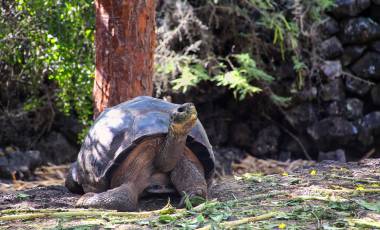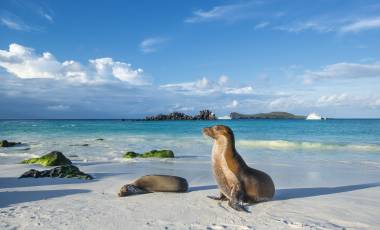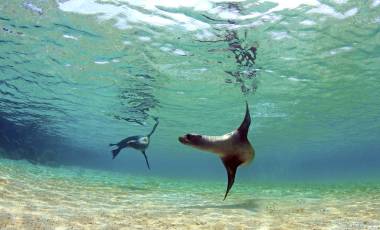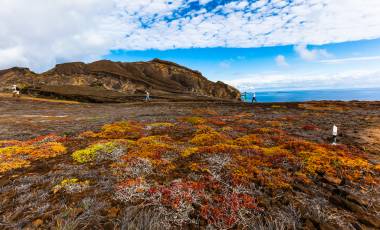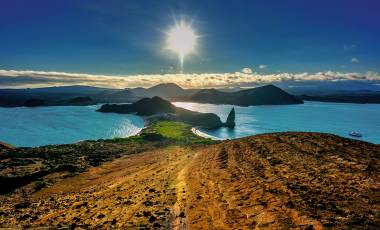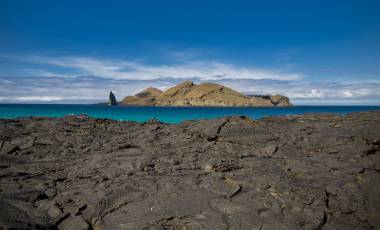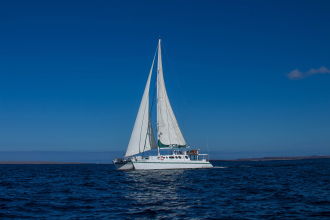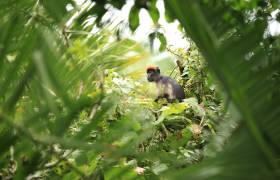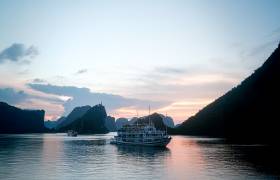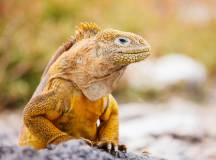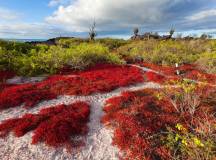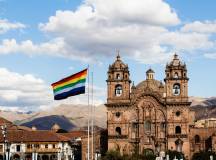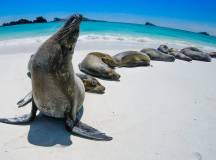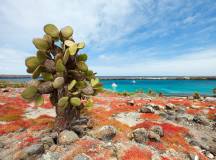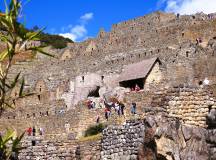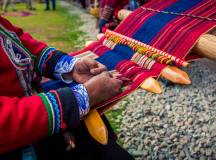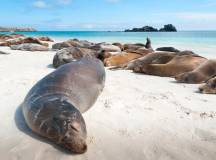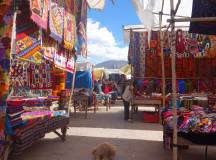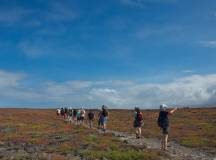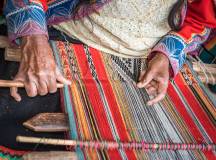Itinerary
The trip was really great–I loved the diversity of going to smaller, traditional places as well as the modern cities. There were times when I thought we would have more free time than we did–Kyoto (tour activities ended at approx. 3:30), Kobe (arrived 1 hr before the gardens closed so didn’t go), and Hiroshima (tour activities ended at approx 4 pm). I loved all of the places that we went too–in retrospect I would have added additional days in Kyoto (I arrived a day in advance) and benefitted greatly from my flight home being delayed giving me a full extra day in Toyko that I hadn’t planned for. The tour is very fast pace and you do walk alot–so just bring a really good pair of running shoes with you!
Hotels
All were good–my favourite was Hotel Toyko in Takayama. I rented a private onsen for an hour which was very nice and enjoyed the unique art they had on each floor. I really appreciated the washer/dryer in the hotel room–while I had enough clothes it was nice to wash them and be able to go out for dinner at the same time and not feel in a rush to get back to the room (it was free and they did provide soap if you don’t have any). The hotels in Kyoto and Tokyo were nice as well–the first modern and the last traditional. All of the hotels were really clean, provided great breakfasts, and had toiletries if you forget any (and if you wanted pjs to wear).
Transportation
The bullet trains were very cool as were all of the trains. They are very prompt! The subway system is easy to manoever–I used Google Maps to tell me what stop to get off and where to walk and never got lost (even in Toyko). The trains are very quiet and clean–getting onto and off public transit is done in lines so there never is a rush and in most cases the train/subway cars were empty. The bus system in Kyoto makes getting between places slow so factor that in. Also, the connection from Osaka to Kyoto was pretty easy to do but made harder with getting off a transatlantic flight. Doing this again, I would fly direct into Tokyo and then get to Kyoto the next day. Felt very safe and comfortable walking around by myself–even in the evening. The locals are very helpful if you want to confirm directions.
Food
I am normally a very fussy eater and I didn’t have a problem finding things to eat. In fact, I wish I had more time in Kyoto in the traditional area to have some of the different food options the shops offered. I also didn’t have time to get a hot drink from a dispensing machine! I found breakfast made me full and then we would go somewhere at dinner that would fill me up (I often had noodle dishes). I would have been ok finding my own dinner in Takayama instead of group meals–the different styles of eating were good to experience. While I liked going out to eat with the group, it was tough having to have the bill together–it would have been easier to be able to pay for my own food.



